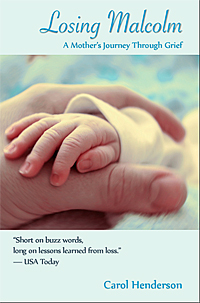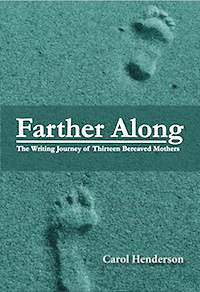Bag Girl has Vision for the Future
We’ve given up holiday gift giving in my family — even the African cows and Afghan goats you buy and never have to feed or clean up after. We’re done with all of it. Over Christmas the extended family gets together for two days (that’s about everybody’s limit) at my sister’s house in Washington to enjoy meals, walks, a movie and maybe a museum or two, if we can face the crowds.
This year, however, my older daughter bought a gift for each of us, in all three generations.
“This is my cause,” she said, handing out little rolled-up packages, like tiny sleeping bags, bound in pink ribbon.
Unfurled, each was a large, colorful, eco-friendly polyester bag with shoulder straps, made by a company called Envirosax.
“I freaked out one day when I pulled down a plastic bag from the high shelf in my bedroom closet and started an avalanche,” she told us. “Hundreds of plastic bags! Every time I’d gone to Duane Reade for toothpaste, I got one; bought a can of soup, I got one. It’s horrifying how many bags one person can collect.”
New Yorkers, she explained, can’t lug around those canvas bags from Weaver Street or Whole Foods. And they can’t keep reusable bags stashed in their cars because they walk everywhere.
“These bags fold up to nothing and fit in your pocket,” she said. “And they’re cute! I’ve given them to friends in the city and everybody’s crazy about them. I haven’t used a plastic bag in months.”
I think for a minute about how this daughter has always loved bags, of every kind. From the time she could toddle, she collected random items — magazines, stuffed animals, dog bones — in bags: purses, totes, pillowcases. She would carry her loot around the house for hours, purposefully emptying and refilling her bags
It was never the stuff that mattered — it was the bags.
For me this sack was a timely gift. I happen to be reading an essay by Susan Casey called “Plastic Ocean” about a boat captain, Charles Moore, who, in 1997, takes a northern detour home from Hawaii through an area of the Pacific avoided by most sailors-well-named “The Doldrums.”
This area was “like a desert — a slow, deep, clock-wise swirling vortex of air and water caused by a mountain of high-pressure air that lingered above it.”
An intrepid sailor, he’d traveled this route many times, and experienced some awe-inspiring acts of nature, but this new phenomenon was utterly bizarre.
“It began with a line of plastic bags ghosting the surface, followed by an ugly tangle of junk: nets and ropes and bottles, motor-oil jugs and cracked bath toys, a mangled tarp. Tires. A traffic cone.”
This plastic mass was the size of Texas. Literally. Now, 10 years later, it’s twice the size of Texas.
“Everybody’s plastic, but I love plastic,” Andy Warhol once quipped. “I want to be plastic.” His famous quote isn’t funny or camp anymore.
“We’ve got to do something about all this plastic,” my daughter said.
When I suggested shopping less as a way to combat waste and rubbish and plastic islands, she sighed and said, “Mom, face it, there’s no way people are going to shop less. We have to find ways to make them shop green. These bags are a start.”
She’s young and enthusiastic about what certain corporations are doing — Envirosax donates substantially to the Australian Marine Conservation Society. She listed a bunch of other significant green projects she’s tracking.
I like my little shopping bag. But the real gift my daughter has given us is her vision of the future, a view that’s hopeful, in spite of the steadily growing plastic behemoth out there in The Doldrums.

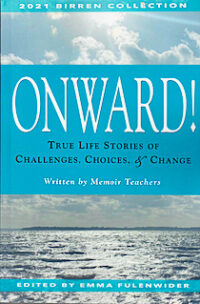 I'm happy to be part of this collection of personal stories, a collaboration involving over 60 teachers of memoir from around the world. The book is published independently by the Birren Center for Autobiographical Writing, through which the authors are certified to teach.
I'm happy to be part of this collection of personal stories, a collaboration involving over 60 teachers of memoir from around the world. The book is published independently by the Birren Center for Autobiographical Writing, through which the authors are certified to teach.
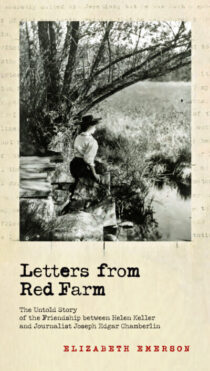 A unique and beautiful exploration of Helen Keller's abiding friendship with prominent journalist Ed Chamberlin–and much more about Keller's struggles, passions, and values. The author is Chamberiin's great-great-granddaughter.
A unique and beautiful exploration of Helen Keller's abiding friendship with prominent journalist Ed Chamberlin–and much more about Keller's struggles, passions, and values. The author is Chamberiin's great-great-granddaughter.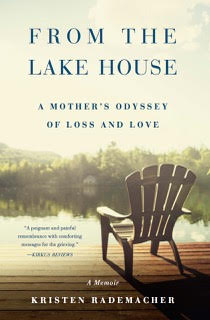 On August 8, 2020, in pandemic heat, I introduced Kristen Rademacher (via Zoom)at the launch party for From the Lake
House, A Mother’s Odyssey of Loss and Love, her wrenching memoir. Flyleaf Books, our hopping indie bookstore here in Chapel Hill, NC, hosted the event. A large crowd from across the country and around the world tuned in for the inspiring multi-media event.
On August 8, 2020, in pandemic heat, I introduced Kristen Rademacher (via Zoom)at the launch party for From the Lake
House, A Mother’s Odyssey of Loss and Love, her wrenching memoir. Flyleaf Books, our hopping indie bookstore here in Chapel Hill, NC, hosted the event. A large crowd from across the country and around the world tuned in for the inspiring multi-media event.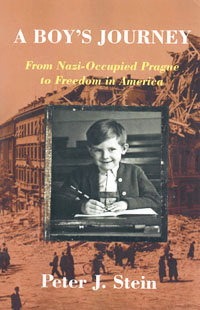 This poignant memoir gives a boy's view of life in Nazi-held Prague and his escape to freedom in a challenging America.
This poignant memoir gives a boy's view of life in Nazi-held Prague and his escape to freedom in a challenging America.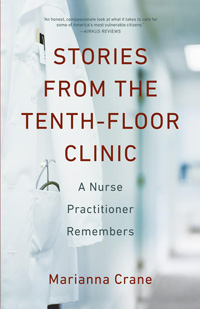 An award winning collection of powerful stories about serving the many needs of elderly and indigent patients, as one of America's first gerontological nurse practitioners.
An award winning collection of powerful stories about serving the many needs of elderly and indigent patients, as one of America's first gerontological nurse practitioners.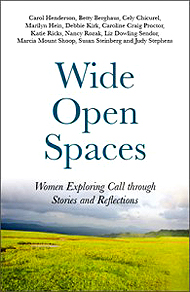 Essays by women ministers about their challenges and victories in answering the call to ministry.
Essays by women ministers about their challenges and victories in answering the call to ministry.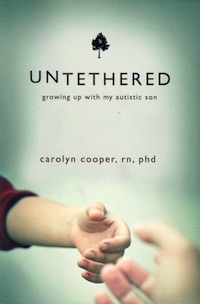 A mother's 40-year struggle to raise an autistic son – and to grow up herself.
A mother's 40-year struggle to raise an autistic son – and to grow up herself.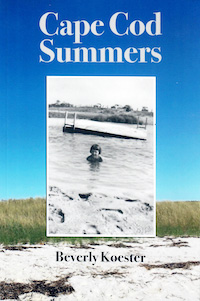 This idyllic memoir recollects the sweet and simple summer pleasures of family life in mid-century Cape Cod.
This idyllic memoir recollects the sweet and simple summer pleasures of family life in mid-century Cape Cod. If you love your pets and make sacrifices for them, you will adore this lively book about a family's needy cats.
If you love your pets and make sacrifices for them, you will adore this lively book about a family's needy cats.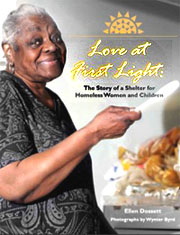 The history of a women's shelter in Birmingham, Alabama, as told through many voices.
The history of a women's shelter in Birmingham, Alabama, as told through many voices.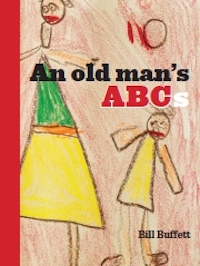 William Buffett's short essays on nearly everything, arranged as an alphabet book.
William Buffett's short essays on nearly everything, arranged as an alphabet book.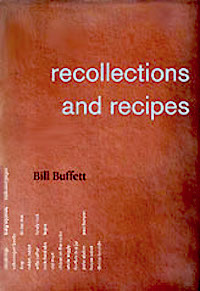 Essays about one man's dimensional life including some of his favorite recipes.
Essays about one man's dimensional life including some of his favorite recipes.